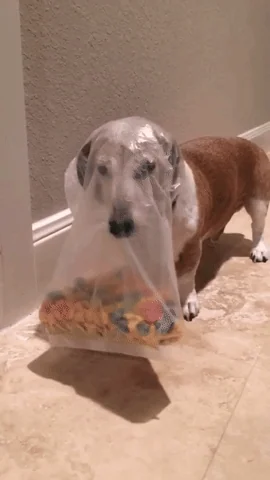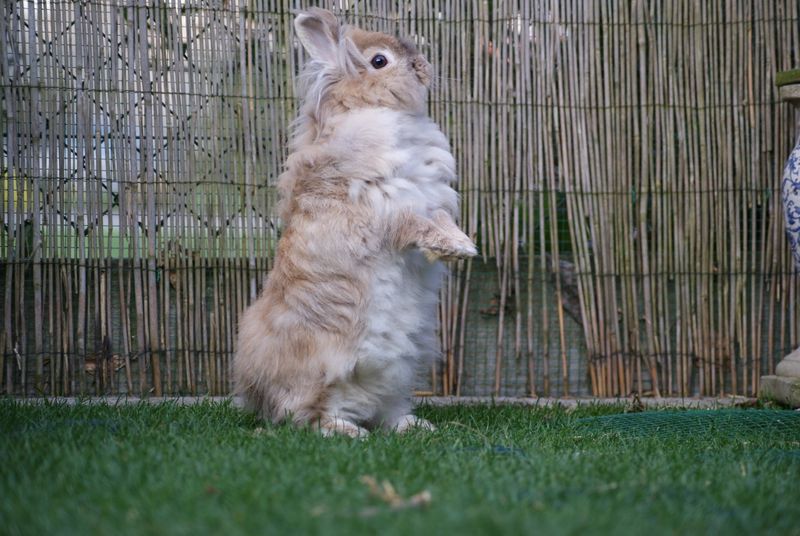Are you ready to take your pet-ownership skills to the next level?

Whether you're planning to adopt a pet or you're the proud owner of one, there's a good chance you'll learn something new here!

Before adopting my dog, I did a lot of research and talked to other experienced pet owners. However, there were still things I wasn't prepared for.
Here are 4 things I've learned that will help you become a better pet owner.
1. Finding the Right Vet Makes a Difference
You're the new owner of an adorable orange tabby. You've been taking your cat to a clinic that's 20 minutes away because a family member recommended it.
After several stressful and costly visits, you realize that the vet just isn't a good fit.

So, how do you find the right vet then?
First, make a list of things you need or want in a vet. Then, rate each option from most important to least important.
Whatever's first on your list should be something that you absolutely shouldn't compromise on. Whatever's last should be something you'd like but can live without.
Consider these ideas:

Costs
What is your budget?
How much is a routine vet visit?
Do they offer payment plans or sliding-scale fees?
How much are vaccination expenses?

Location and Hours
How far are you willing to travel?
Can you reach the location easily?
Is there ample parking space?
Do they offer services in the evenings or on weekends?

Vets
What soft skills do you value?
What are their skills and qualifications?
Do they have any reviews online?
Do they know how to handle exotic animals or ones with behavior issues?

Others
What other features or qualities are important to you?
2. Really "Vet" Who You Leave Your Pet With
 Photo by Dimitry B on Unsplash
Photo by Dimitry B on UnsplashIt's summer and your friend invites you on a trip to Italy! You're so excited that you nearly say yes, but then you remember...the last time you asked a friend for help, they accidentally left the kibble out, and your dog devoured the entire bag.

But don't worry! Here's how you can find a trusted pet care provider.
You can:
Search for pet sitters through trusted sources. Ask friends, family members, or coworkers for recommendations. Explore pet-sitting apps, local boarding facilities, or ask your vet or trainer for suggestions.
Read their reviews. Check how many reviews they have, whether they're mostly positive, and if they have any reviews that might be alarming.
Investigate their profiles. Look for someone who has experience with pets. Ask about their schedule and if they have other kids or pets at home, or wildlife in the area.
Review their services. Consider what you and your pet need. Are pet cameras necessary, or are text updates enough? If you're boarding your pet, knowing the staff-to-animal ratio might be helpful.
Tip: Tour the facility or schedule a meet-and-greet with the sitter before deciding!
Knowledge Check

You're looking for someone who has experience caring for anxious dogs and will spend plenty of time with your pet. You've narrowed it down to two people: your sister, Claudia, or a pet sitter named Ron.
Who do you think is the best person for the job?

Claudia is a college student who has watched your pet before. She also has two dogs and a part-time job. Her midterms are coming up, so she won't have time to drop in for visits, but she's willing to look after your pet if you drop them off.

Ron is a pet sitter who can house-sit or do drop-in visits. He has 30 reviews. 28 are positive and talk about his reliability, attentiveness, and communication. However, two negative reviews mention expecting more time and interactions with their pets.
Quiz
Who is the best person for the job?
3. Understanding Your Pet's Body Language is Essential
Body language and context are important when it comes to understanding and meeting our pets' needs. Our pets may behave differently based on their environments. Like humans, they also have preferences and boundaries.

Our pets can communicate with us through:
Body postures. Observe their posture, including the position of their tails, ears, or fur.
Facial expressions. Look at their faces for cues, such as dilated pupils, open or closed mouth, and whisker position.
Movements. Pay attention to actions like yawning, wing flapping, or standing on hind legs, and inactions like stillness.
Vocalizations. Listen to the sounds they make, such as purring, barking, growling, or chattering.
Understanding their body language will allow us to respond appropriately when they're displaying negative emotions. It can help us avoid misunderstandings and make our pets feel safe by removing them from situations that may be triggering.
Can you guess this rabbit's body language?
 Image courtesy of Jannes Pockele via Flickr
Image courtesy of Jannes Pockele via Flickr
Quiz
How is the rabbit feeling?
4. Take the Time to Pet Proof Your Home

Oh, no...
Your bird Tweety has gotten into the cupboards again, and this time, she's knocked down a glass cup that was a heirloom from your late grandparents!
You're upset, but how can you blame her? An open cupboard is like an open cookie jar!
After shedding a few tears, you finally decide to do something about it.

Pet-proofing your home is an effective way to prevent your furniture and belongings from being damaged and to avoid any expensive visits to the vet.
To pet-proof your home, you can: 🛠️
Put away items your pet likes to chew on, including shoes, socks, books, and remote controls. Store leftover food away from counters and tables.
Block or seal any holes and areas they can squeeze into (e.g., putting a towel under your door).
Remove or keep toxic plants out of reach. Check out ASPCA for a list of toxic and non-toxic plants for dogs, cats, and horses.
Be mindful of fragrances and smoke that can be harmful to animals, such as scented candles, air fresheners, and essential oils. Always consult with your vet if you're unsure.
Additional options: 💵
Hide electric cords, outlets, and cables using outlet caps, cable protectors, or clipping them under desks and behind furniture.
Use a baby gate or playpen your pet can't climb or jump over. An alternative is to use a leash attached to yourself.
Quiz
What can you do to prevent Tweety from being destructive? Select all that apply:
Take Action

Choosing to be a pet owner is a big decision. You'll make mistakes along the way, so don't be too harsh on yourself — it's all part of the journey.
Your feedback matters to us.
This Byte helped me better understand the topic.
